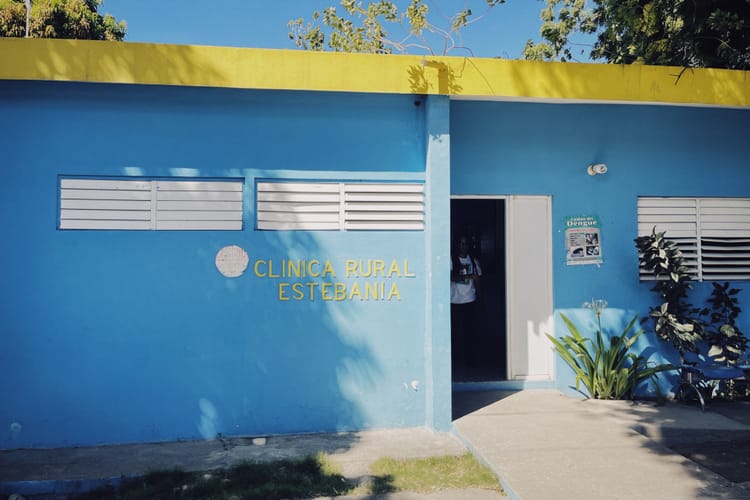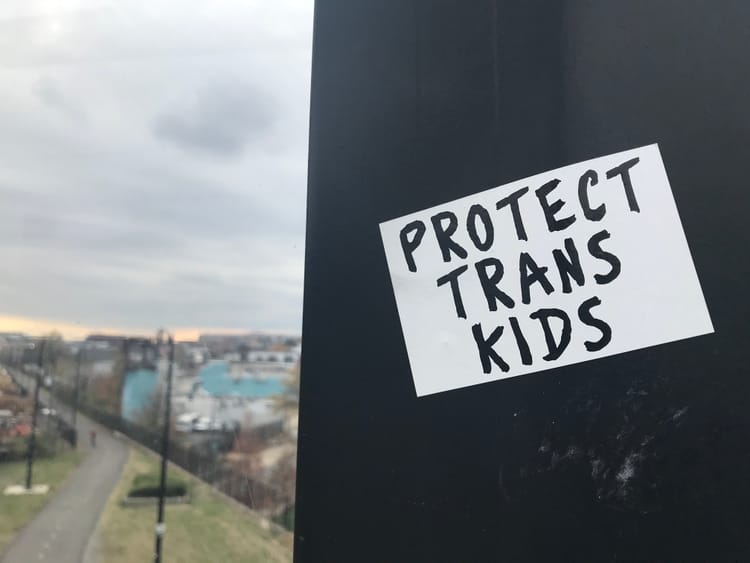"Crisis Pregnancy Centers" Are Probably Spending $1 Billion Per Year
Long time no newsletter! That is partially because I actually managed to take some time off this summer. Rare! It’s also because I’ve been buried deep in some very long spreadsheets for my latest piece, a big old dive into data journalism.
Big.
The numbers you see flying past here are all pulled from financial disclosures filed by “crisis pregnancy centers,” aka anti-abortion centers, aka fake clinics. I have reported a lot on CPCs over the years: On the ways they deceive and harm patients; how they put people’s sexual health at risk; and how the anti-abortion movement uses them to further its agenda.
One thing that’s clear when you do a little digging is the fact that these places have a lot of resources—despite their image as a bunch of cutesy little charities run by some grannies from church. How much money are they throwing around, exactly? I decided to find out.
Here’s how: I undertook a massive review of CPCs’ financial records. As nonprofit organizations, most of them are required to file a Form 990 with the IRS every year. Here are a few of my major findings:
- Just 1,607 CPCs—a fraction of the total number nationwide—spent more than $605 million in 2019. Based on the total number of CPCs across the country, their actual spending likely tops $1 billion annually.
- Those 1,607 CPCs have well over $800 million in assets, with some individual facilities sitting on more than $2 or $3 million.
- Many CPCs share tax identification numbers with larger charities, obscuring their financial dealings even further. Others may even be exempt from filing financial disclosures because they are church “auxiliaries.”
And all of that is just the tip of the iceberg. Read the full article to see how these numbers stack up against a major anti-abortion organization’s report on the value of their services (hint: there are some big discrepancies), and to learn more about the role played here by donor-advised funds—philanthropy’s big “black box.”
A lot of work went into this, and not just on my part, so I hope you’ll read it.
To receive new posts and support my work, consider becoming a free or paid subscriber.
And before I go, here’s one other thing I’ve written since my last newsletter: An exclusive on the reintroduction of the Reproductive Health Care Accessibility Act, a very cool bill that would make reproductive health care more accessible for disabled people and get more disabled people into the reproductive care workforce. It’s not often that I use the phrase “very cool bill,” so this one is worth your time!



